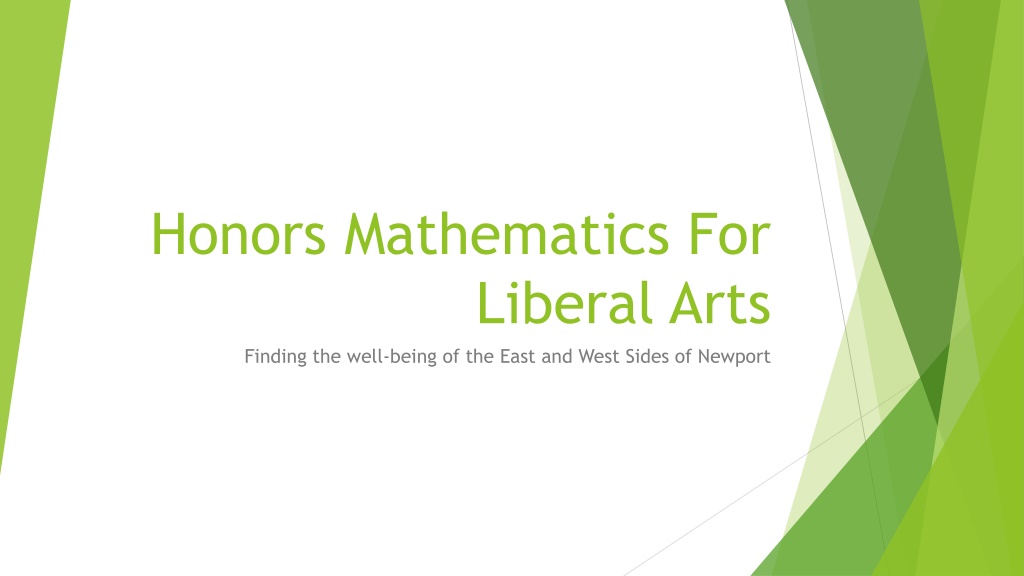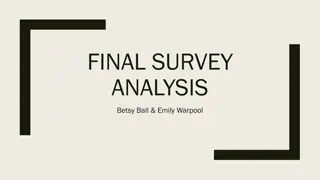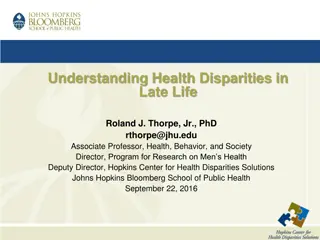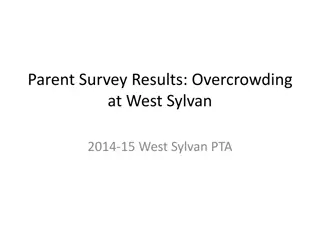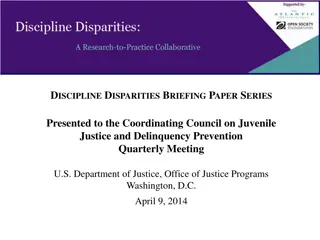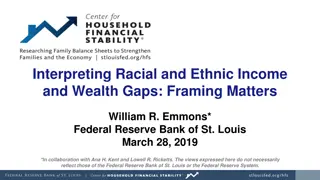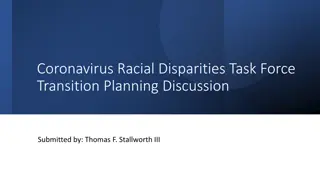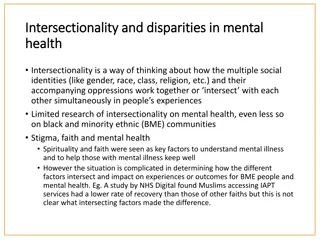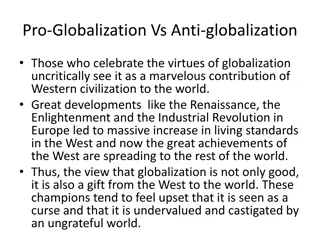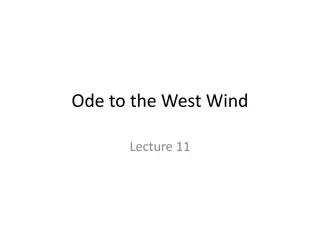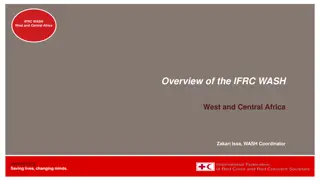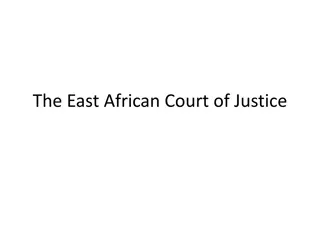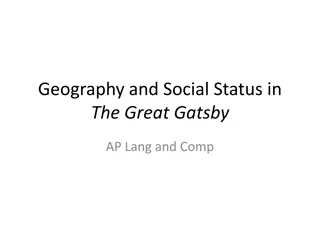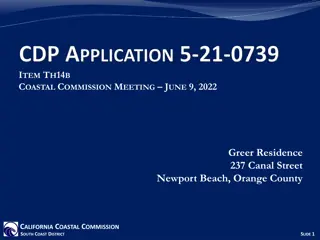Analysis of Well-being Disparities in Newport: East vs. West
Exploring the well-being disparity between the East and West sides of Newport through a comprehensive mathematical analysis involving surveys, adjacency matrices, Pascal's Triangle, and Z-calculations. Despite a small indicator favoring the East Side, the data ultimately showed no significant difference. The study highlights the importance of rigorous methodology in assessing community well-being.
Download Presentation

Please find below an Image/Link to download the presentation.
The content on the website is provided AS IS for your information and personal use only. It may not be sold, licensed, or shared on other websites without obtaining consent from the author. Download presentation by click this link. If you encounter any issues during the download, it is possible that the publisher has removed the file from their server.
E N D
Presentation Transcript
Honors Mathematics For Liberal Arts Finding the well-being of the East and West Sides of Newport
Introduction The impossibility to define hope. Our switch to the East and West Side of Newport. Creating a Survey The math Moran s I Pascal s Triangle Z-Calculations Conclusion: Is there a difference between the East and West Side?
How does Census Tract 505 compare to its neighbors? When we first tried to determine the problems within Newport, we compared Census Tract 505 to its surrounding tracts. We then hypothesized that there was a correlation between levels of performance due to location, and we began to analyze if the East Side was doing better than the West Side, and if so, why. This became our null hypothesis. Our math would become centered around whether or not we reject this null hypothesis.
Speaking of math Adjacency Matrix An adjacency matrix is a means of representing which vertices of a graph are adjacent to which other vertices in a simple, labeled graph. Pascal s Triangle Pascal s Triangle is a triangular array of binomial coefficients, and vital for understanding proportions later in the class for z-calculations. Moran s I Moran s I is used to detect departures from spatial randomness, in which "In the absence of more detailed knowledge, areas are often connected based on geographic adjacency. Two areas, i and j, are assigned a weight of one when they share a common border. Otherwise, they are assigned a weight of zero. The alternative spatial model under this simple scheme states that rates in spatially contiguous areas are correlated. Z-Calculation A Z-Calculation is used to detect the differences between two populations. We used these to understand how the graphs we created distinguished the East Side from the West Side.
Creating a Survey We discussed why we should have the survey. We also discussed what we shouldn t do when conducting the survey. We broke into three teams. Location Survey Prep Protocol We gathered the information and used the answers to create proportions.
Conclusions: Is there a difference between the East and West Side of Newport? After analyzing the data, and using the proportions to calculate our z- calculations, the graph that we used indicated that there was no difference between the East and West Side. How? If the data had been so extreme that it would have tailed off to the left side, indicating a favor towards the East Side, our null hypothesis would have enough support to not be rejected. While there isn t enough evidence to not reject the null hypothesis, there was a small indicator that the East Side had better conditions. If the sample size we had gathered during the survey would have been greater, there could have possibly been enough evidence to not have rejected the null hypothesis, but at this time, we must.
